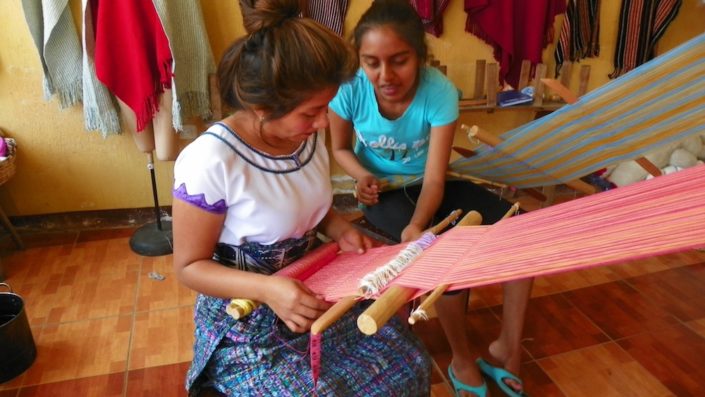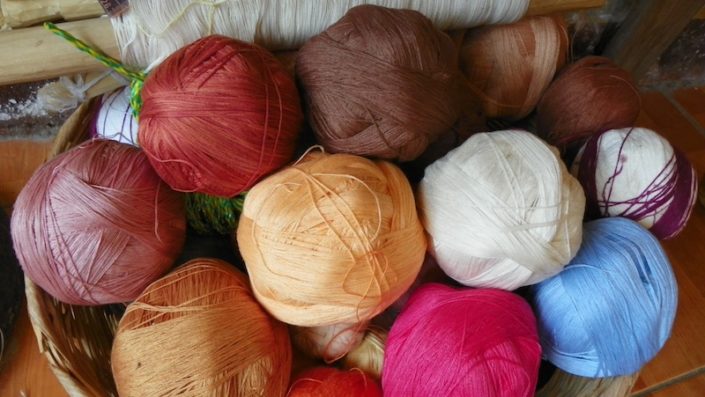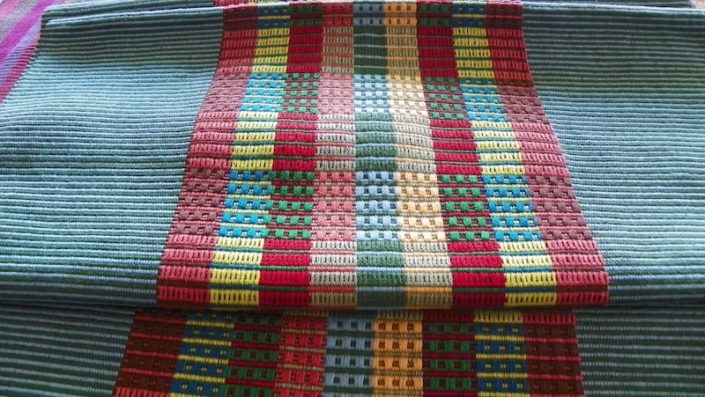Lema Weaving Association San Juan La Laguna
On September 18th, 2020 the Guatemala Borders reopened after closing in March of 2020 due to the COVID Pandemic. At this time COVID 19 is well managed in Guatemala.
Guests coming to Guatemala are required to wear masks, social distance, and follow sanitation guidelines.
This also has affected Lake Atitlan Boat Schedules. Only ten persons are allowed on a boat at one time, more or less regular boat services are operating around Lake Atitlan
Lema’ Weaving Association San Juan La Laguna is a cooperative that was started to improve economic conditions and the quality of life for women in the community of San Juan La Laguna, Lake Atitlan. It has played a vital role in enhancing the community and the economic well being of the members.




